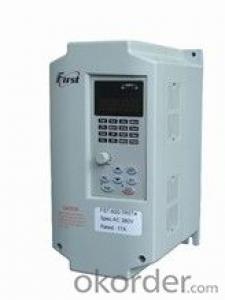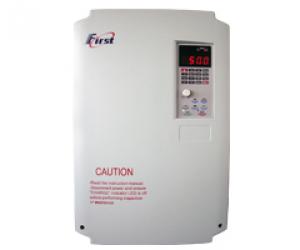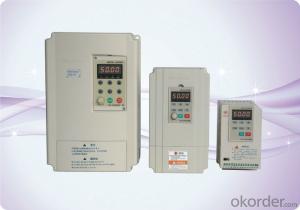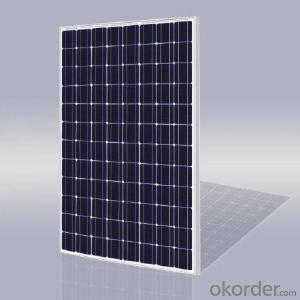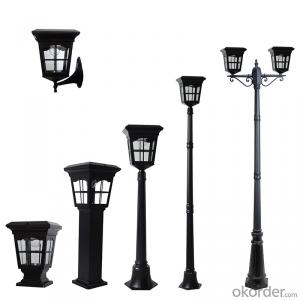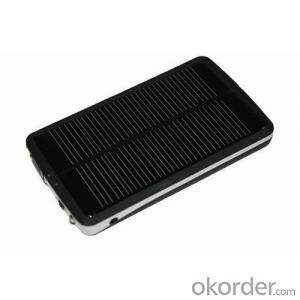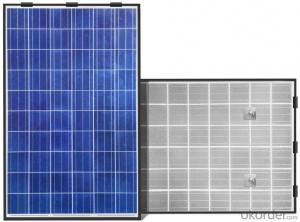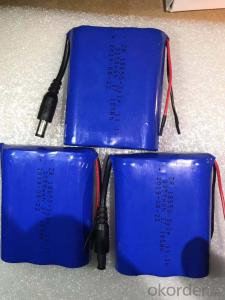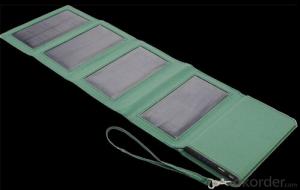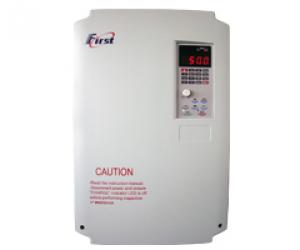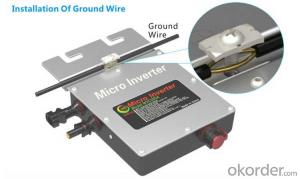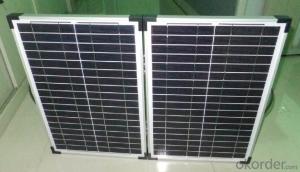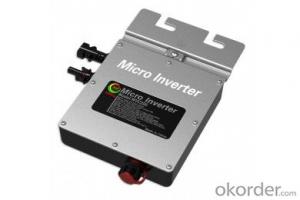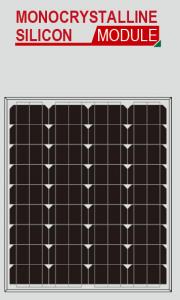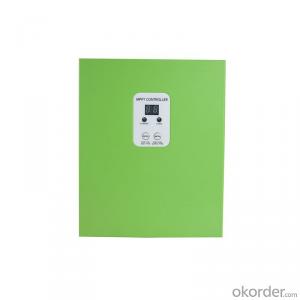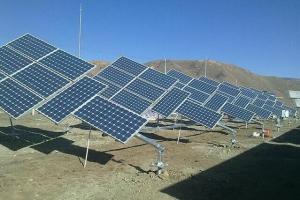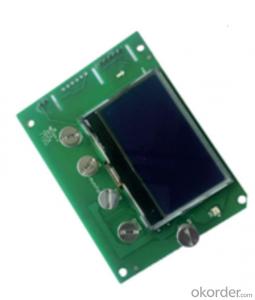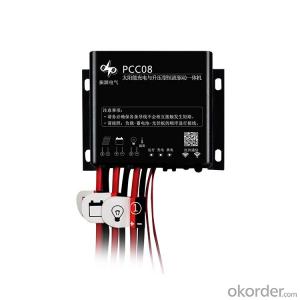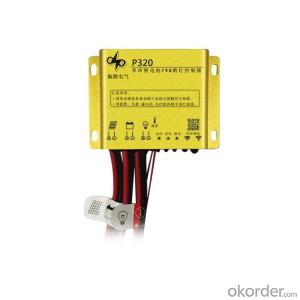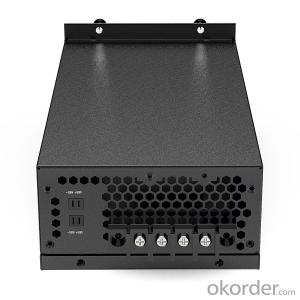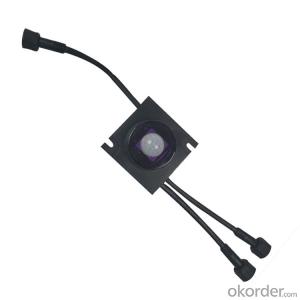Best Budget Solar Inverter
Best Budget Solar Inverter Related Searches
Best Solar Inverter Best Solar Battery Inverter Best Solar Power Inverter Cheap Solar Inverter The Best Solar Inverter Cheap Solar Power Inverter Best Inverter Solar Best Solar Inverter For Home Best Home Solar Inverter Best Inverter For Solar Best Solar Panel Inverter Solar Inverter Best Which Solar Inverter Is Best Best Solar Micro Inverter Best Inverter For Solar System Best Solar Hybrid Inverter Solar Best Inverter Cheap Solar Micro Inverter Best Inverter Solar System Best Hybrid Solar Inverter Best Solar Inverter Battery Best Solar Inverter Generator World Best Solar Inverter Best Inverter Solar Panel Best Inverter For Solar Panels Best Solar Inverter Brands Best Solar Inverter On Grid Best Solar Inverter Charger Best Solar Inverter 2019 Best Solar Pump InverterBest Budget Solar Inverter Supplier & Manufacturer from China
Best Budget Solar Inverter is a cost-effective solution for those looking to harness the power of the sun for their energy needs. This product is designed to convert the energy generated by solar panels into usable electricity, making it an essential component in any solar power system. It is particularly useful for homeowners and businesses seeking to reduce their reliance on traditional energy sources and save on electricity bills.The Best Budget Solar Inverter is widely used in various applications, such as residential homes, commercial buildings, and off-grid solar power systems. It is an ideal choice for those who want to maximize their energy efficiency while minimizing their environmental impact. By using this product, users can enjoy the benefits of clean, renewable energy without breaking the bank.
Okorder.com is a leading wholesale supplier of Best Budget Solar Inverter, offering a vast inventory to cater to the needs of customers worldwide. With a commitment to providing high-quality products at competitive prices, Okorder.com ensures that customers receive the best value for their investment. By partnering with Okorder.com, customers can be confident that they are getting the best budget solar inverter available in the market.
Hot Products
